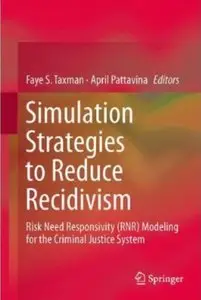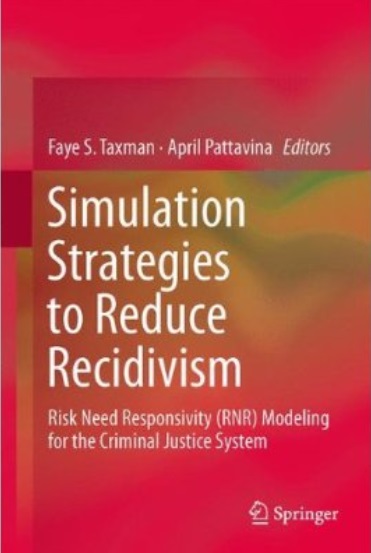Faye S. Taxman, April Pattavina - Simulation Strategies to Reduce Recidivism: Risk Need Responsivity (RNR) Modeling for the Criminal Justice System
Published: 2013-06-24 | ISBN: 1461461871, 1461461898 | PDF | 315 pages | 4 MB
Mass incarceration, the recession, and the swinging pendulum of correctional philosophies has put increasing attention on the use of evidence-based practices and treatments to guide the future direction of our criminal justice system. The Risk-Need-Responsivity (RNR) framework has emerged as a useful set of organizing principles for treating offenders. While the literature is supportive of the RNR approach, we understand little about the system impacts of moving in this direction. Some important questions include:
What would happen if we implemented RNR programming system-wide?
How can we simulate such a complex strategy?
What is the estimated impact on individuals, programs, and systems?
Simulation modeling can be used to address these basic questions. Since the 1970’s, simulation models have been used to capture the realities of the criminal justice system. Some early simulation projects were limited due to lack of data available to validate models, deficits in skills needed by staff to design and build models, and limited access to computing technology required to transform models into systems representations. This timely book revisits the concept of simulation modeling for the 21st century: the wider availability of data has created more opportunity to verify and validate models; computing software has become more available and easier to use; and the capacity for visualization and communication of models shows promise for the future of simulation in criminal justice.
This is an opportune time to make use of simulation models to examine the complex world of corrections and investigate the possible outcomes associated with implementing the RNR approach. Simulation Strategies to Reduce Recidivism provides a central source of information on the current state of simulation modeling in corrections. It includes an overview of the methods used to build simulation models that address questions about appropriate placement of offenders in programs and controls, as well as applications of these models. Authors use simulation tools to investigate the impact of diversion programs, to map offender movement through programs and systems, and to address other grappling issues regarding the capability to build effective recidivism reduction systems.
This work will be an important resource for researchers in criminal justice and related fields, as well as those studying policy-related topics.



